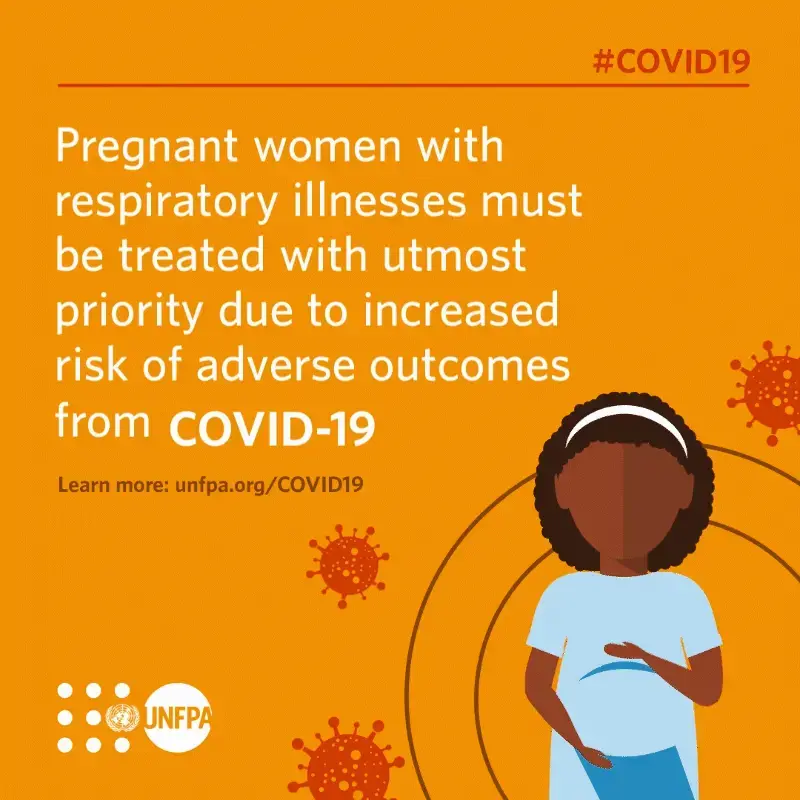COVID-19 Situation Analysis Version 14, with data as of Sunday 31st May 2020. The situation analysis indicates that:
·10,162 cases and 287 deaths were reported. With the unabated spike in cases, the country may reach 450,000, with the 36 States and the FCT reporting between 40,000 and 15,000 cases.
·20 Local Governments Areas (LGAs) in 8 States and the FCT that account for 54.6% of total cases in the country as of 29-May 2020. These states are Lagos, Kano, Katsina, Jigawa, Bauchi, Borno, Edo, and Ogun.
·Nigeria ranked 53rd out of the 216 affected countries in the world, 3rd out of the 54 affected countries in Africa, and 1st out of the 23 countries in UNFPA West and Central Africa Region (WCAR).
·Nigeria accounts for 21.0% of total cases and 27.1% of total deaths in UNFPA WCAR, 6.8% of the total cases as well as 6.8% of total deaths in Africa, and 0.2% of the total cases and 0.08% of total deaths in the world.
·Unknown exposure, which includes community transmission accounted for 75% of infections.
·Female with 32% of the cases means that 3,252 women and girls, may be at risk of exposure to GBV including discrimination and stigma from loved ones, but also may require most SRH services - ANC, delivery services and PNC. There are media reports that some women and girls affected by COVID-19 delivered while in quarantine facilities.
·Age groups 31-40 years remained the most affected at 24%. However, sex disaggregation shows male age groups 31-40 and female age groups 21-30 years remained the most affected.
·The epi-curves of some leading States tend to indicate smoothing/flattening of the spread. This may not be the case, but rather notably due to inadequate testing as a result of lack of reagents or low political will. These states include Kano, Katsina, Borno, Bauchi, Jigawa, Kaduna, Gombe, and Sokoto.
·Some emerging challenges are imminent; such as i) refusal of hospitals to treat patients, which may lead to more deaths, ii) selling of COVID-19 diagnostics test kits the “black markets”; iii) poor packaging and leaking of samples being transported to laboratories that made the whole efforts useless, and iv) Lack of prescribed 300 bed for isolation centers in some States.
·Actual daily testing is consistently lower than daily capacity; suggesting an inadequate supply of testing consumables.


